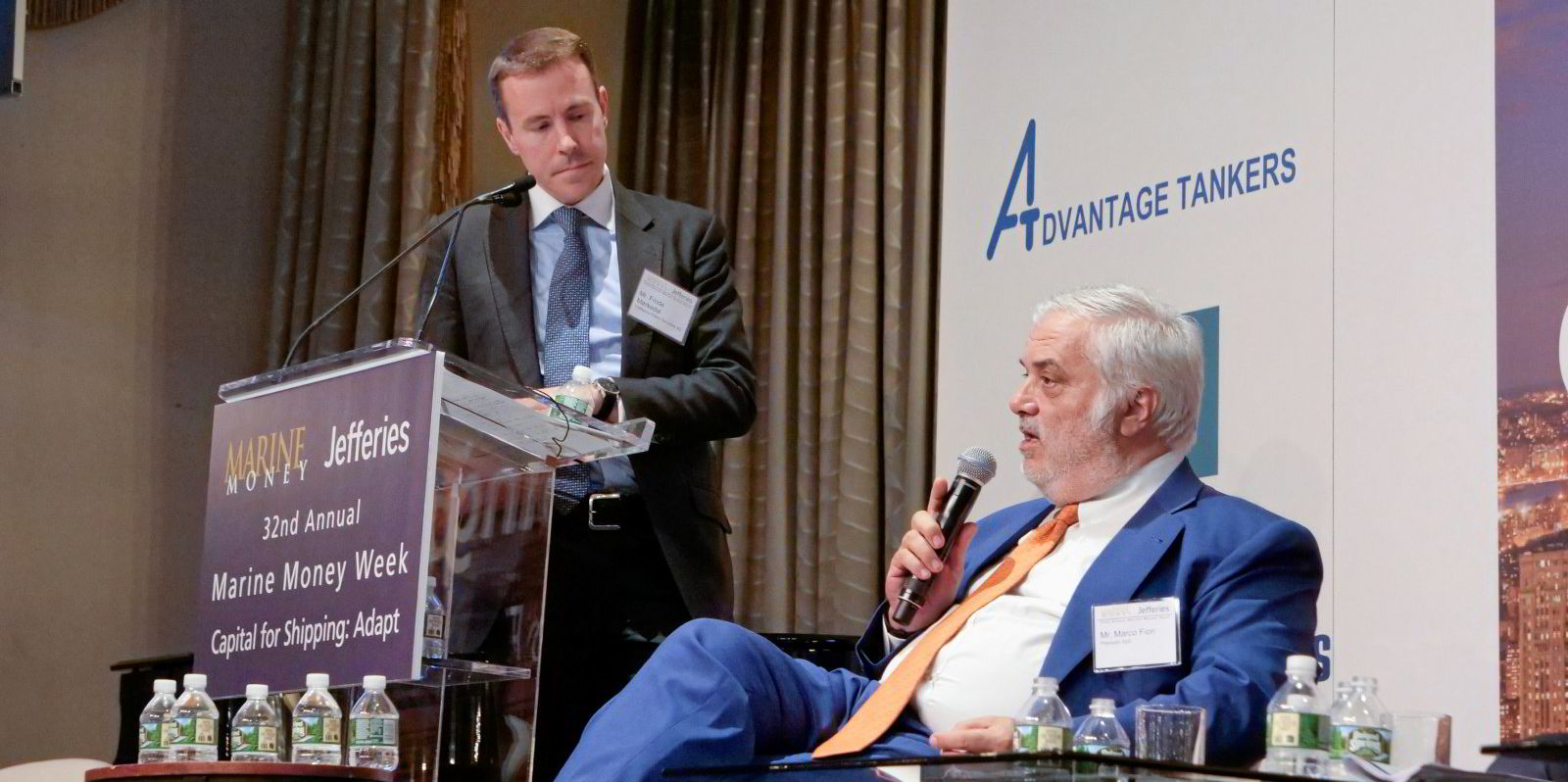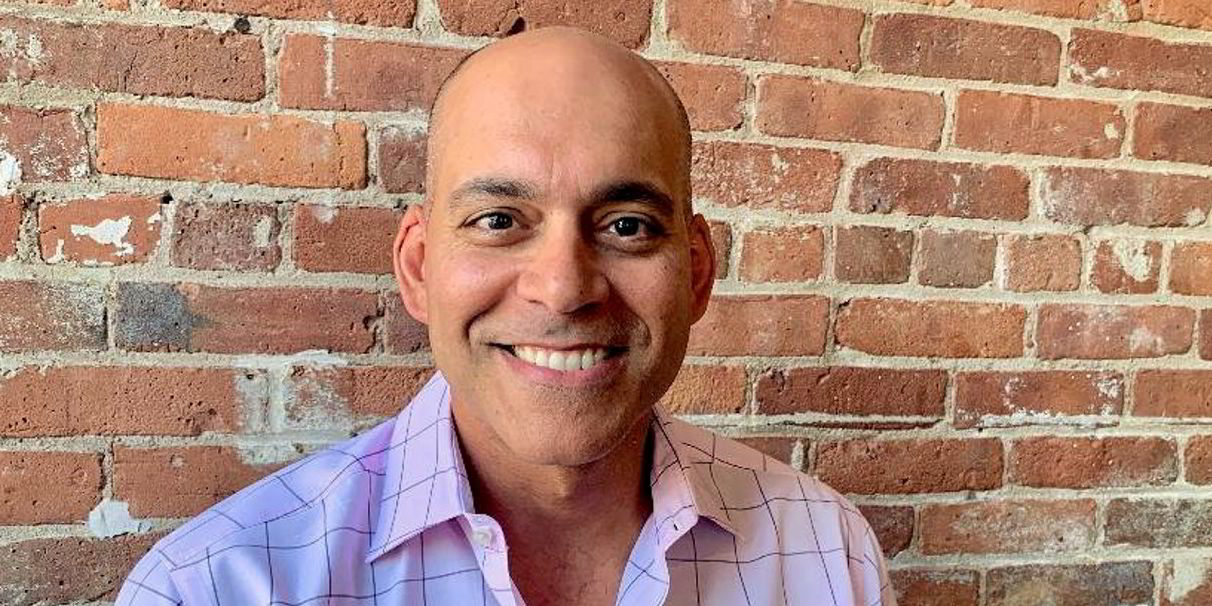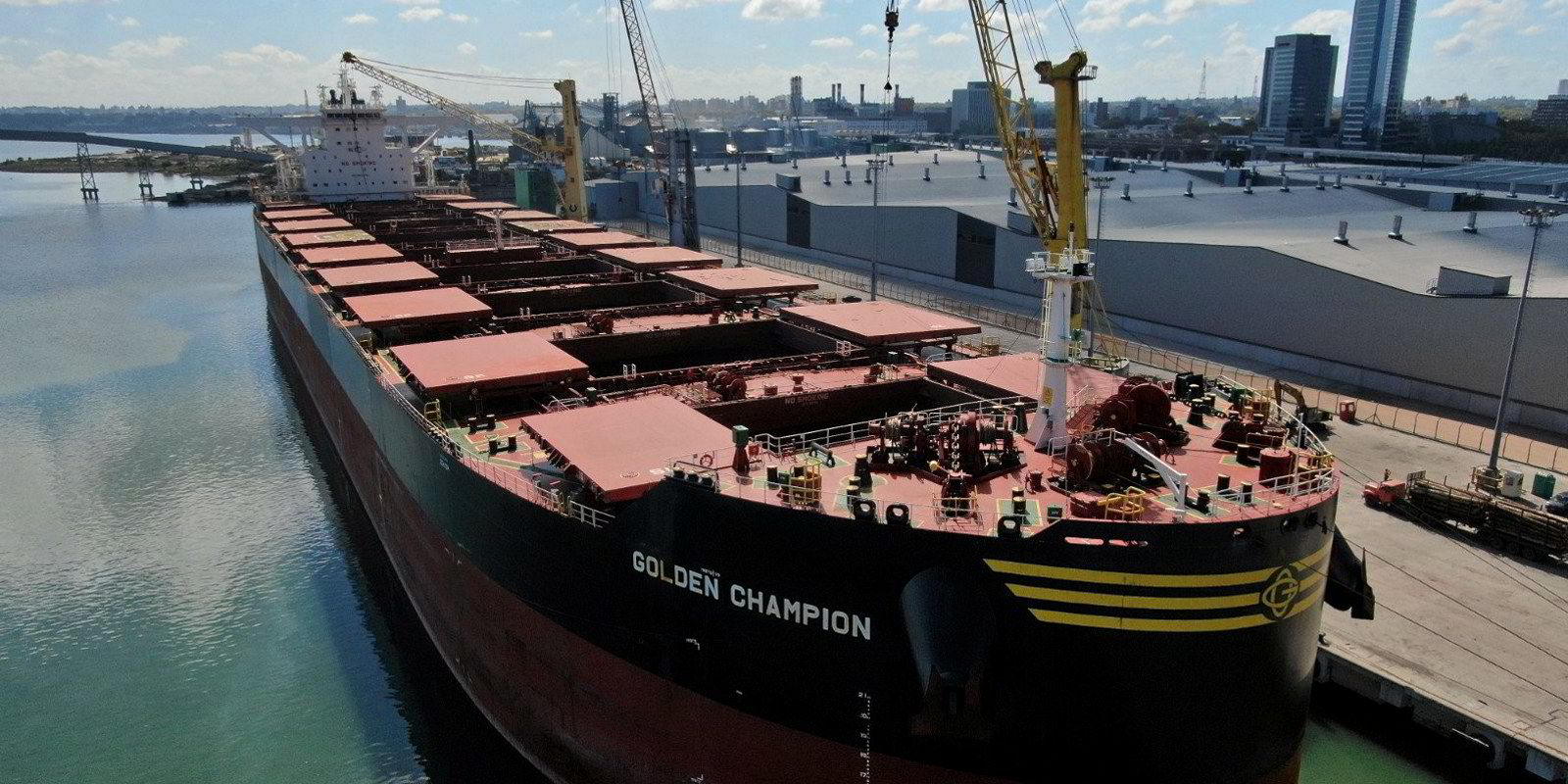The capesize bulker market continued its unbridled descent on Thursday as the demand for iron ore remained weak.
But two analysts struck optimistic tones, especially for owners of scrubber-fitted and eco bulkers.
The Baltic Exchange’s Capesize 5TC, which averages spot rates across five key routes, dropped 30% on Thursday to $3,931 per day, taking the figure below $4,000 for the first time in more than two years.
The latest gloomy day follows a steady decline in the 5TC from almost $25,000 per day in mid-July, thanks to China lowering iron-ore imports as its real estate sector struggles with billions of dollars in debt and an unprecedented mortgage crisis.
On top of that, the country’s already weakened economy is trying to recover from recent Covid-19 lockdowns.
But eased port congestion and seasonality may boost the capesize sector, said Clarksons Securities analyst Frode Morkedal.
“We are optimistic on the dry bulk market and feel that much of the recent slump is due to China’s lockdowns earlier this summer,” he wrote in a note on Golden Ocean Group’s second-quarter results on Thursday.
“Even with sluggish global growth expected next year, we believe the situation for dry bulk is not that bad.”
Some shipowners are poised to do better than others. Baltic Exchange assessments focus on non-eco vessels without scrubbers.
But Morkedal pointed to the strong charter coverage of Golden Ocean Group, whose fleet benefits from premium rates for eco ships with fuel-saving technology and scrubber-fitted vessels.
After New York- and Oslo-listed Golden Ocean reported earnings, Morkedal noted that about 80% of Golden Ocean’s bulker fleet is covered at almost $28,000 per day in the third quarter and 25% is covered at just under $30,000 per day in the fourth quarter.
Further, its scrubber-fitted eco capesizes and newcastlemaxes achieved an average time charter equivalent rate of $30,700 per day during the second quarter, while the spot market for non-eco capesizes without scrubbers averaged $21,000 per day.

He said Golden Ocean could achieve rates that meet its $13,000-per-day break-even cost levels even if average capesize spot rates fall to an expected low of -$1,500 per day in the fourth quarter, thanks to its fixed coverage on scrubber-fitted capesizes and a low orderbook.
“The glass is half full: the good news is that there are few ships that can come in and further depress the market,” he said.
“We anticipate that China could expand economic stimulus, resulting in increasing raw material imports. Autumn is a good season for dry cargo, mainly because iron ore exports from Brazil increase.”
Jefferies analyst Omar Nokta is also bullish on scrubber-fitted capesizes, despite the falling spot rates.
He said dry bulk shares might fall in the near term as the market accounts for lower spot rates, but Golden Ocean and other capesize owners getting premium coverage on scrubber-equipped vessels should do OK.
“The outlook remains favourable in our view, particularly due to limited new vessel supply in the coming years,” he wrote in a note on Golden Ocean’s results on Thursday.






